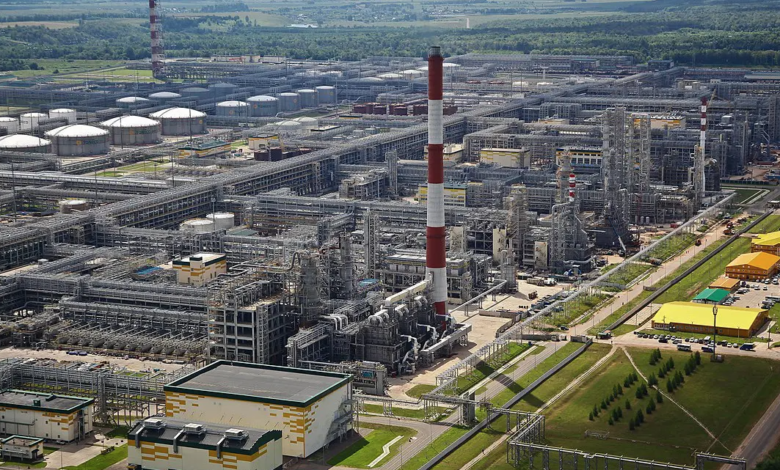A new photocatalyst to produce hydrogen from hydrogen sulphide

LED lights and gold nanoparticles to produce hydrogen from refinery waste
(sustainabilityenvironment.com) – It is colorless but has a smell of rotten eggs that can distinguish clearly. It is hydrogen sulphide (H2S), a gas naturally present in emissions from geothermal and volcanic areas, but also one of the problematic co-products of a series of industrial activities, from oil refining to leather tanning. Why problematic? Because it is considered a broad-spectrum poison and, at industrial concentrations, a problem for human health and the environment. But Rice University has found a way to enhance it. A system much cheaper than the remediation treatments used today and capable of produce hydrogen reusable.
At the University of Texas, a team of engineers and chemists employed plasmonic metal nanostructures to create an alternative treatment to the Claus process. The latter represents the current catalytic technology used by refineries to break down hydrogen sulphide from hydrocarbons. It is a process that requires multiple steps and combustion chambers at high temperatures, capable of transforming H2S into sulfur and water.
The short way to producing hydrogen
Rice’s reclamation process, on the other hand, counts only one phase, it is powered only by light and breaks the H2S molecule into hydrogen and sulfur. In the new work, the team punctuated the surface of silicon dioxide grains with tiny golden islands. Each island is a gold nanoparticle capable of interacting strongly with a specific wavelength of visible light. These particular reactions between light and metal – called plasmonics – create “heat carriers“, short-lived, high-energy electrons that can drive catalysis.
Scientists used a laboratory setup showing how a bank of LED lights could produce hydrogen and sulfur from hydrogen sulfide efficiently with the new photocatalyst.
“Hydrogen sulfide emissions can result in heavy penalties for industry, but remediation is also very expensive,” said Naomi Halas, a pioneer of nanophotonics. “The phrase ‘game-changer’ is abused, but in this case, it applies. The implementation of plasmon photocatalysis should be much less expensive than traditional treatment and has the additional potential to turn an expensive burden into an increasingly valuable asset”.
Plasmonic hydrogen sulfide remediation technology was licensed by Syzygy Plasmonics, a Houston-based startup with over 60 employees, whose co-founders include Halas.





